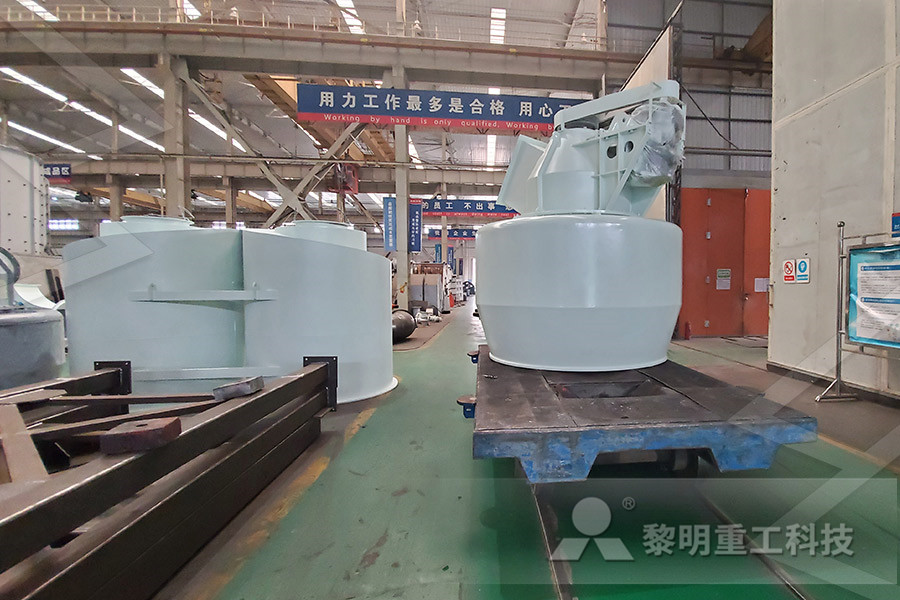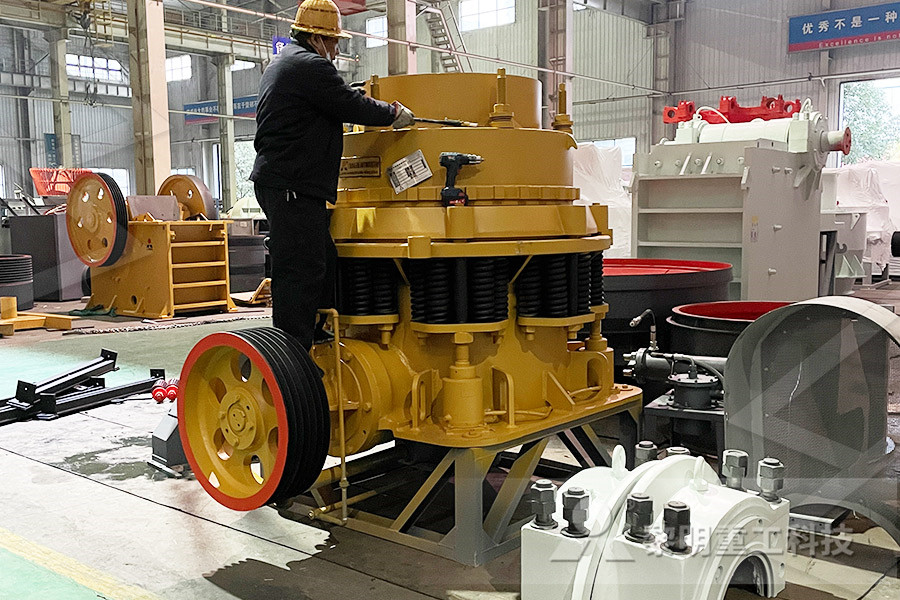
Raw material preparation From the quarry to raw meal
The manufacturing of cement begins with the extraction and preparation of raw material – a process covering the stages from raw material quarrying to feeding the raw meal into the preheater The purpose of optimum raw material preparation for the cement manufacturing process is to supply the downstream burning process with a raw Raw material process Background At the beginning stage when vertical roller mill was adopted to cement manufacturing, mill gas circulation fan and dust collection fan are required and their power consumption was larger Descriptions The conventional process gas flow of the mill grinding system generally consists ofVertical roller mill for raw Application p rocess materials raw material processing operations differ somewhat for wet and dry processes, as described below Cement raw materials are received with an initial moisture content varying from 1 to more than 50 percent If the facility uses dry process kilns, this moisture is usually reduced to less than 1 percent before or during grinding116 Portland Cement Manufacturing The Raw Mill Optimization option controls both the temperature, the feed rate to the mill and the separator speed in order to achieve the required throughput for kiln Where starting the mill requires dampers to be moved, to change gas flow paths, the module will also respond to these effects to keep the system stable The Raw Mill Optimization Module stabilizes millRaw Mix Preparation ABBThe cement manufacturing process consists broadly of mining, crushing and grinding, blending, pyroprocessing, clinker cooling, clinker storage, finish milling, packing and loading [2,3]The overall plant process flow is shown in the fig 1This paper only reviews the flow of materials through the various stages to a particular place(PDF) PROCESS AUTOMATION OF CEMENT PLANT

PROCESS DIAGNOSTIC STUDIES FOR CEMENT MILL
A 15 mio t/a cement plant is having a closed circuit ball mill for cement grinding: The mill has been operating with satisfactory performance interms of system availability and output, however power consumption was on higher side 31 System Description Mill Rated capacity 150 t/h OPC at Raw meal, Quality, Mill, Simulation, Uncertainty, PID, Robustness 1 Introduction Historically, advanced process control efforts in cement products quality have focused on raw meal homogeneity as it is the main factor influencing the clinker activity [1] Primarily the control and regulation is performed in the raw mill outletEffective Optimization of the Control System for the In the 1930s Loesche mills are used to grind cement raw material for the first time The major breakthrough came at the start of the 1960s when rotary kilns with heat exchang ers (dry process) are introduced The following Loesche technological features make the deployment of these mills so successful in the cement industry:FOR CEMENT RAW MATERIAL Loesche two separate Cement Production lines can be summarized into the following processes ;as can be seen in the process and Quality flow diagram below; 1 Quarrying and Crushing 2 Raw material Storage and Transportation 3 Proportioning 4 Raw material Grinding and Transportation 5 Raw meal storage, homogenization and Kiln feeding 6CEMENT PRODUCTION AND QUALITY CONTROL A Step 1 – Quarrying Limestone and a 'cement rock' such as clay or shale are quarried and brought to the cement works These rocks contain lime (CaCO3), silica (SiO2), alumina (Al2O3) and ferrous oxide (Fe2O3) the raw materials of cement manufacture Step 2 Raw material preparation To form a consistentCement : Manufacture, Chemical Composition, Heat of

Raw Mix Preparation ABB
Raw Mill Optimization Module The Raw Mill Optimization option controls both the temperature, the feed rate to the mill and the separator speed in order to achieve the required throughput for kiln Where starting the mill requires dampers to be moved, to change gas flow paths, the module will also respond to these effects to keep the system stable The whole process of cement manufacturing in Messebo Cement plant which consists of two separate Cement Production lines can be summarized into the following processes ;as can be seen in the process and Quality flow diagram below; 1 Quarrying and Crushing 2 Raw material Storage and Transportation 3 Proportioning 4CEMENT PRODUCTION AND QUALITY CONTROL A 131 Raw materials Cement making is essentially a chemical process industry and has much in common with the manufacture of socalled heavy chemicals such as sodium hydroxide and calcium chloride Close control of the chemistry of the product is essential if cement with consistent properties is to be producedCements Elsevier inside Thanks to the rotation of the mill, the balls collide, crushing the clinker and additives to a fine homogeneous rawmix: cement 25 Distribution Finally, the cement is stored in silos, separated according to its various classes before being bagged or loaded onto a truck for transport by road or rail 3 The simulation model for the cementSimulation model for the calcination process of cement The OK™ mill has been ’s standard cement VRM since 1993 Since its introduction, the OK mill has proven to be the most efficient cement VRM available, with the highest reliability and ease of operation In 2017, introduced the OK raw mill, which is designed with the same proven technology and modular design as the OK cement OK™ mill The most reliable and efficient mill for raw and

CHAPTER II LITERATURE REVIEW 21 Cement Industry and
21 Cement Industry and Cement Production Energy Fog et al (1983)stated that the energy sources in a cement plant can be classified as primary sources, ie oil, coal, gas, other fuels and electricity, and secondary sources, ie waste heat from one phase of the process which can be recovered and utilized in another phase Cement In the most general sense of the word, a cement is a binder, a substance that sets and hardens independently, and can bind other materials together Cement used in construction is characterized as hydraulic or nonhydraulic Hydraulic cements (eg, Portland cement) harden because of hydration, chemical reactionsCement : Manufacture, Chemical Composition, Heat of process applied Consumption of raw materials Cement manufacture is a high volume process Typical averages in Table 3 indicate consumptions of raw materials for the production of cement in the European Union The figures in the final column are for a plant with a clinker production of 3000 tones/day or 1 millionENVIRONMENTAL IMPACTS OF CEMENT PRODUCTIONCement manufacturing brief description of a cement mill Cement clinker is usually ground using a ball mill This is essentially a large rotating drum containing grinding media normally steel balls As the drum rotates, the motion of the balls crushes the clinker The drum The cement mill NORTHERN CEMENT CORPORATION EPRMP SUMMARY FOR THE PUBLIC (ESP) NCC CEMENT PLANT AND QUARRY EXPANSION PROJECT Brgy Labayug, Sison, Pangasinan 3 20 PROPOSED LOATION The proposed expansion of the cement plant facility will be within the existing 4306hectare NCC CEMENT PLANT AND QUARRY EXPANSION

Raw Mix Preparation ABB
Raw Mill Optimization Module The Raw Mill Optimization option controls both the temperature, the feed rate to the mill and the separator speed in order to achieve the required throughput for kiln Where starting the mill requires dampers to be moved, to change gas flow paths, the module will also respond to these effects to keep the system stable Cement making process – Raw materials, clinker, cement Steelmill scale 25 11 899 40 TYPICAL COMPOSITION OF RAW MATERIALS Kiln Process Thermochemical Reactions Process Reactions Temperature ºC free water evaporates 20 100 Drying/ PreheatCement Manufacturing Iowa State University 131 Raw materials Cement making is essentially a chemical process industry and has much in common with the manufacture of socalled heavy chemicals such as sodium hydroxide and calcium chloride Close control of the chemistry of the product is essential if cement with consistent properties is to be producedCements Elsevier In cement industry a huge amount of efforts in process control have been dedicated on raw meal homogeneity as it is the main factor influencing the clinker activity [1] Primarily the control is performed in the mill by adjusting the weight feeders according to the raw meal chemical modules in the mill Effective Optimization of the Control System for the inside Thanks to the rotation of the mill, the balls collide, crushing the clinker and additives to a fine homogeneous rawmix: cement 25 Distribution Finally, the cement is stored in silos, separated according to its various classes before being bagged or loaded onto a truck for transport by road or rail 3 The simulation model for the cementSimulation model for the calcination process of cement

OK™ mill The most reliable and efficient mill for raw and
The OK™ mill has been ’s standard cement VRM since 1993 Since its introduction, the OK mill has proven to be the most efficient cement VRM available, with the highest reliability and ease of operation In 2017, introduced the OK raw mill, which is designed with the same proven technology and modular design as the OK cement Cement In the most general sense of the word, a cement is a binder, a substance that sets and hardens independently, and can bind other materials together Cement used in construction is characterized as hydraulic or nonhydraulic Hydraulic cements (eg, Portland cement) harden because of hydration, chemical reactionsCement : Manufacture, Chemical Composition, Heat of process (353,473); acidification from kiln process (95,273), and carcinogens from raw mill process (4,837,721) Keywords: LCA, cement, SimaPro 1 Introducton Cement demand in Indonesia had increased by 63% in the past 10 years It was recorded that cement consumption in 2010 amounted to 4078 million tonnes, while cement demand until the end of production in Myanmar Thant Zin Tun et al process applied Consumption of raw materials Cement manufacture is a high volume process Typical averages in Table 3 indicate consumptions of raw materials for the production of cement in the European Union The figures in the final column are for a plant with a clinker production of 3000 tones/day or 1 millionENVIRONMENTAL IMPACTS OF CEMENT PRODUCTION Raw Mill 2 units 165 TPH hammer mills 2,400 TPH Raw Ball Mill Homogenizing silo 4 units 1,300 TPH Upgrading and rehabilitation of old internal parts and PROCESS DIAGRAM OF CEMENT PRODUCTION FIGURE NO: 41 EIA REPORT PREPARER: PROJECT TITLE LOCATION: NCC Cement Plant and Quarry Expansion Project Brgy Labayug, Sison, PangasinanNCC CEMENT PLANT AND QUARRY EXPANSION